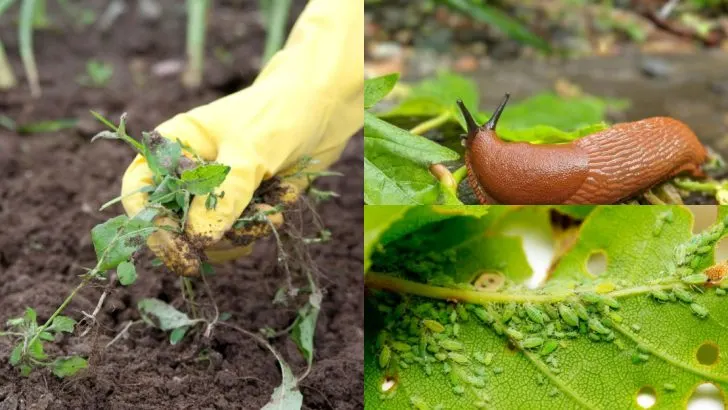Your garden is misbehaving—and time is running out. Late April isn’t just about tulips and sunshine. It’s the moment when tiny annoyances turn into full-blown disasters. Weeds that looked “manageable”? They’re about to throw a rave. Aphids? They’ve sent out invitations to all their friends. But here’s the good news: You’re still (barely) on time to stop the madness. There’s a short window, right now, where you can catch these problems before they explode. It’s not about perfection—it’s about preventing chaos. A bit of digging, trimming, yanking, or smothering this week can save your garden from becoming a botanical horror show by June. So put down the lemonade. Grab your gloves. And let’s fix these 15 problems while you still can.
Weed Invasion
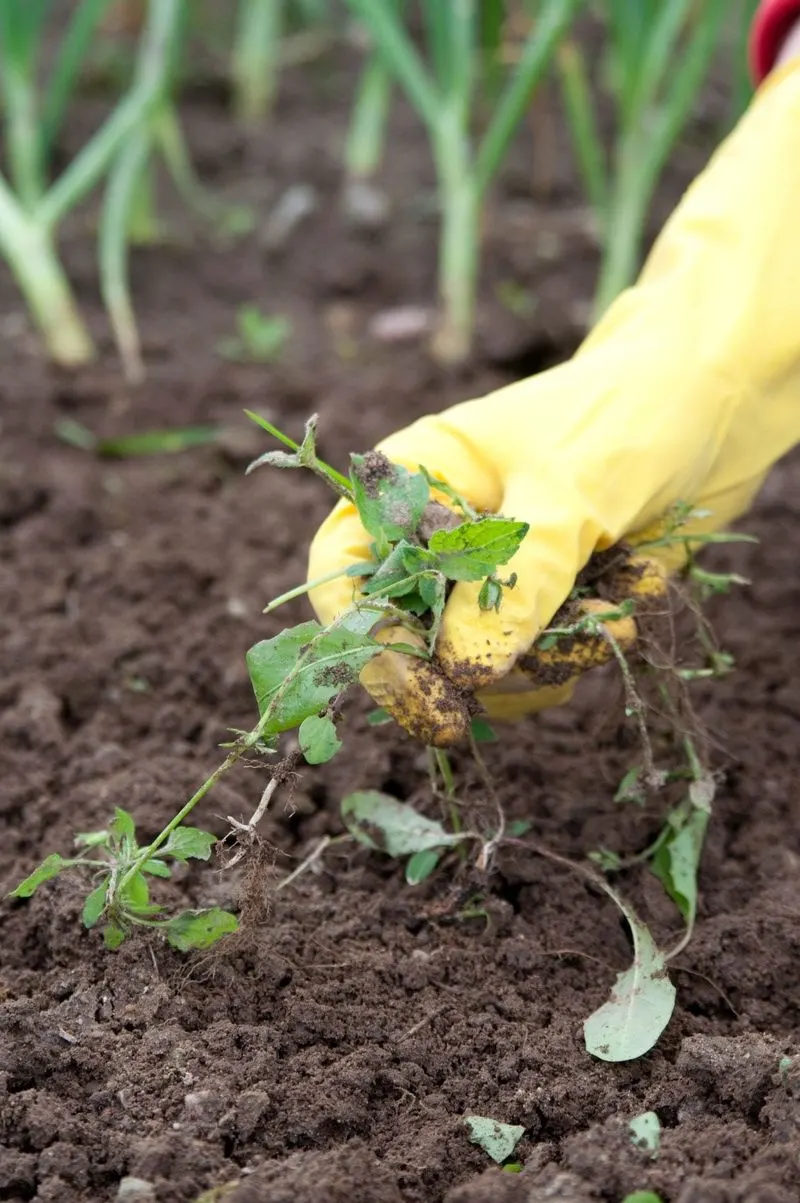
Weeds might seem harmless, but they can quickly overrun your garden if left unchecked. These uninvited guests compete with your plants for nutrients, water, and sunlight. In late April, when weeds are most active, take the time to pull them out by the roots.
Focus on areas around new seedlings to give them the best start. Using mulch can also help suppress new weed growth. Remember, regular attention is key. By keeping on top of weeds now, you’ll save yourself a lot of work later in the season.
Slug & Snail Invasion
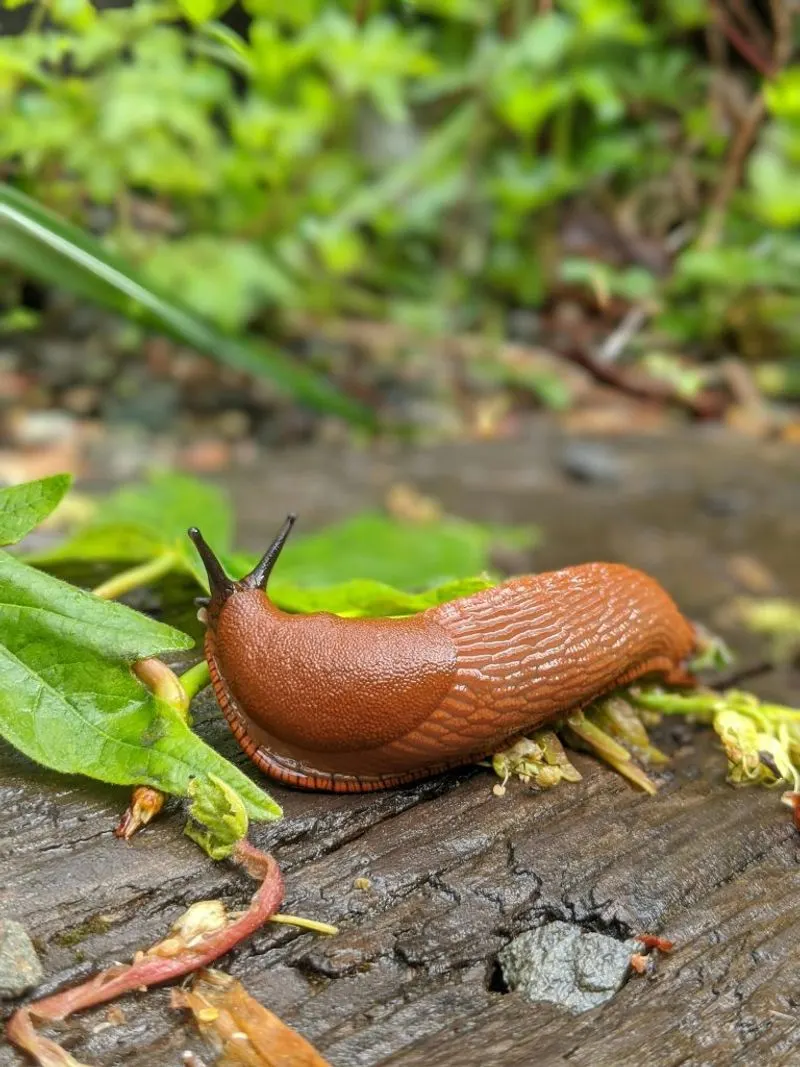
Slugs and snails are notorious for munching on tender young plants. These slippery pests are most active during damp conditions, often leaving telltale slime trails behind. To combat them, set up beer traps or use copper tape around pots.
Hand-picking them during the evening is also effective, albeit less appealing. Keeping your garden tidy and removing debris can reduce their hiding spots. A vigilant approach will protect your plants from becoming midnight snacks.
Aphid Infestation
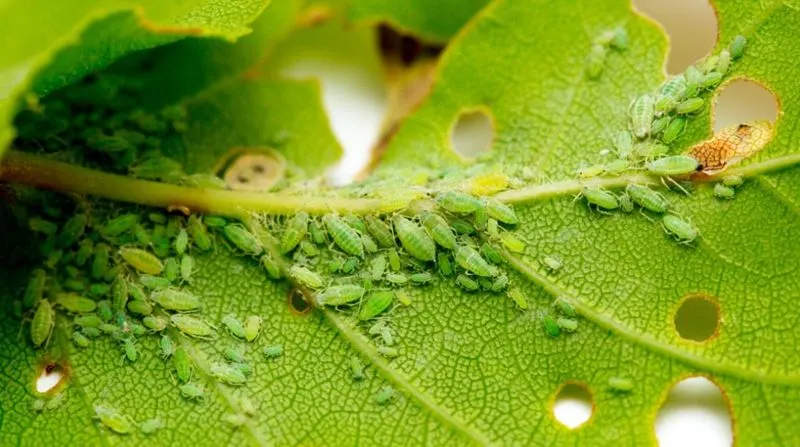
Aphids may be small, but their impact is significant. These tiny insects suck the sap from your plants, weakening them and potentially spreading disease. Introduce beneficial insects like ladybugs to naturally reduce aphid populations.
Alternatively, a spray of soapy water can wash them off. Monitor your plants regularly, focusing on tender new growth where aphids like to congregate. Taking action now will prevent a minor issue from becoming a major problem.
Powdery Mildew

Powdery mildew is a fungal disease that appears as white, powdery spots on leaves and stems. It thrives in warm, dry climates and can weaken plants over time. To tackle this, ensure proper air circulation by spacing plants appropriately.
Prune affected areas and remove debris that could harbor spores. A homemade solution of baking soda and water can also be effective. By catching powdery mildew early, you prevent its spread and maintain plant health.
Overwatering Issues

In the eager pursuit of gardening success, overwatering is a common mistake. This can lead to root rot and suffocated plants. Check soil moisture before watering; if it’s still damp, wait a day or two.
Ensure pots have drainage holes and avoid watering during peak sunlight hours to reduce evaporation. By adjusting your watering habits now, you foster a healthier environment for your plants to thrive.
Underperforming Soil
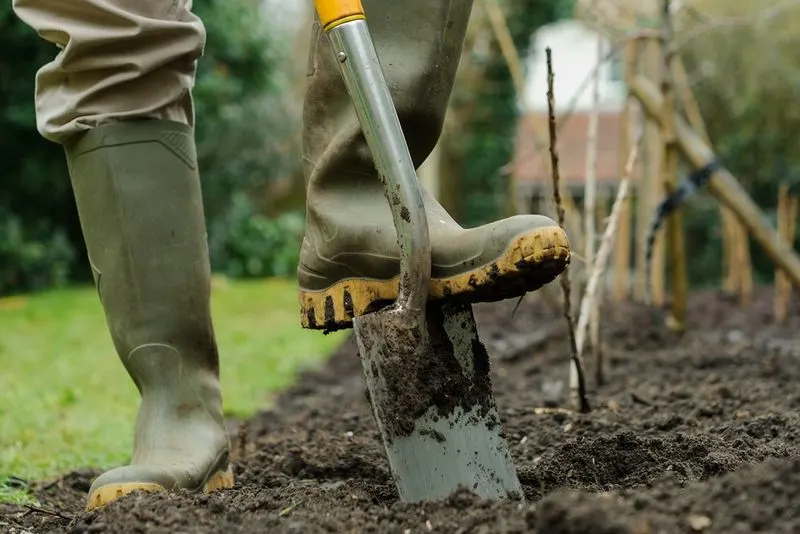
Sometimes, plants just don’t seem to thrive despite your best efforts. Poor soil quality might be the culprit. Conduct a simple soil test to check pH and nutrient levels.
Amend with compost to improve fertility and structure. Adding organic matter not only boosts plant growth but also supports beneficial microorganisms. Addressing soil issues in April sets a solid foundation for the growing season.
Pest Infestation

Garden pests can quickly become a gardener’s nightmare, chewing through leaves and damaging crops. Identifying the specific pest is crucial for effective management.
Consider natural predators or organic treatments as first-line defenses. Regularly inspect your plants and remove pests by hand where possible. Early intervention is key to keeping your garden healthy and productive.
Poor Pollination

Without proper pollination, your plants may struggle to produce fruit or seeds. To attract pollinators, plant a variety of flowers that bloom at different times.
Avoid pesticides that can harm beneficial insects and provide water sources for them. Increasing biodiversity in your garden encourages a thriving, self-sustaining ecosystem.
Lawn Bare Patches
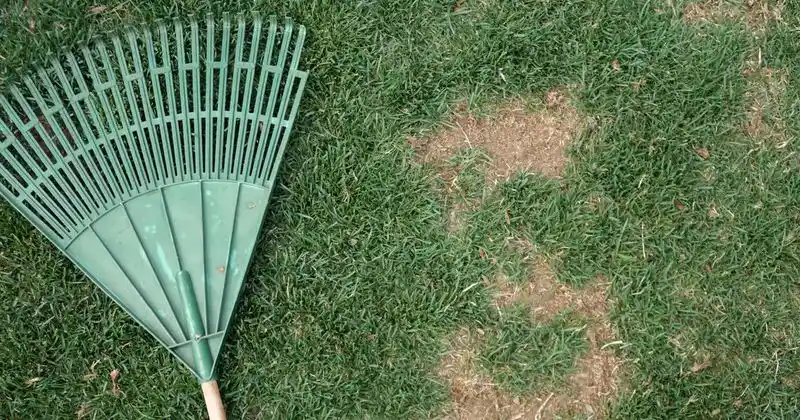
Bare patches in your lawn can be unsightly and invite weeds. Address them by reseeding these areas in late April.
Loosen the soil and sow grass seed, then keep it moist until new growth appears. Regularly mowing at the correct height encourages thicker grass, reducing the chance of bare spots reappearing.
Root Rot
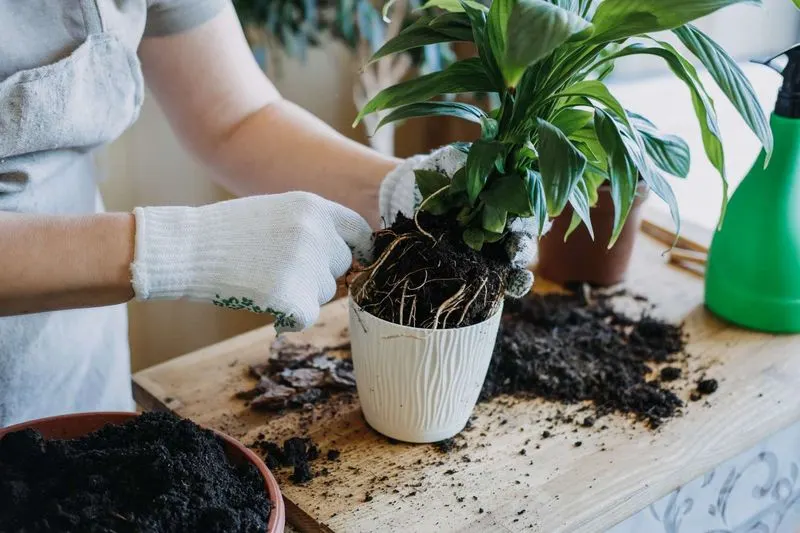
Root rot, often caused by overwatering or poor drainage, can devastate plants. To prevent it, ensure proper soil drainage and avoid waterlogging.
If you suspect rot, gently remove the plant, trim away affected roots, and replant in fresh soil. By addressing root rot early, you give your plant a fighting chance to recover.
Nutrient Deficiency
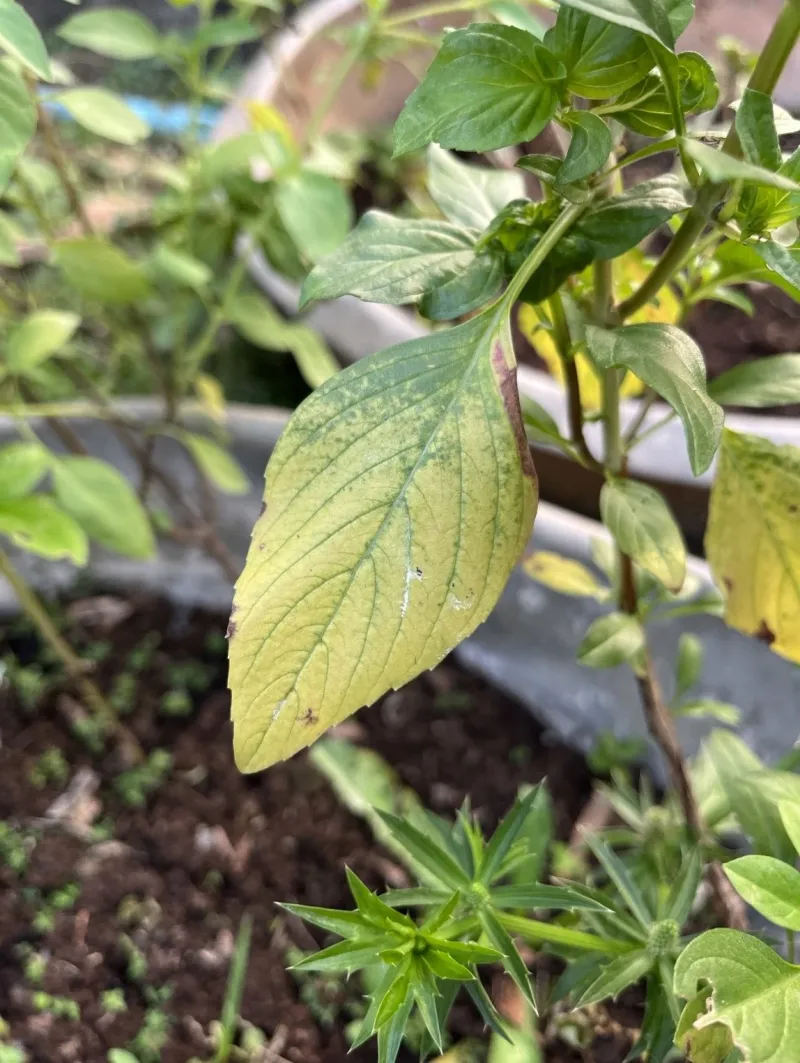
Plants can exhibit signs of nutrient deficiency, like yellow leaves or stunted growth. Conduct a soil test to identify lacking nutrients.
Supplement with specific fertilizers, such as nitrogen for leafy greens. Knowing the signs helps you address deficiencies promptly, promoting vigorous plant health.
Thinning Seedlings
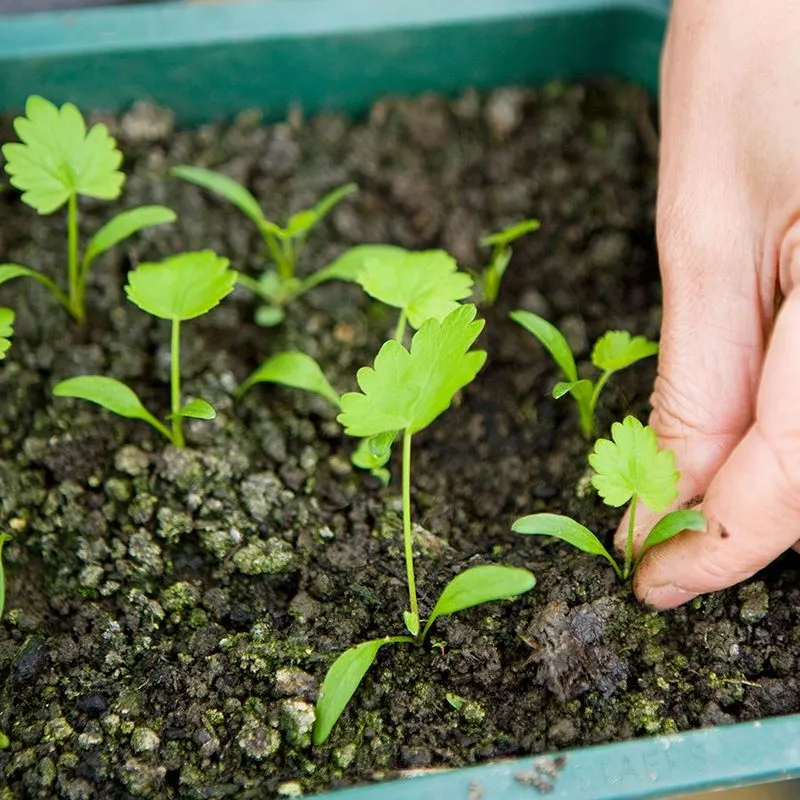
Crowded seedlings compete for resources, leading to weak plants. Thinning them ensures each plant has enough space to grow.
Remove weaker seedlings and leave the strongest ones to thrive. This simple task can significantly impact your garden’s overall productivity and aesthetics.
Fungal Leaf Spot
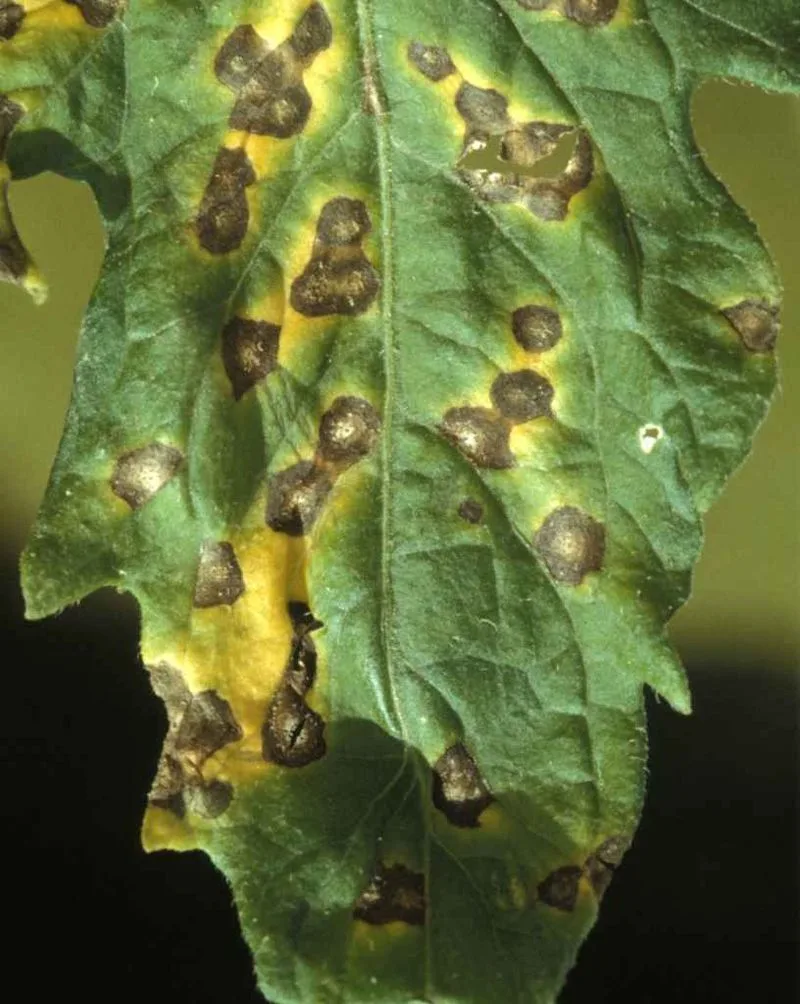
Fungal leaf spots can mar the beauty of your plants, appearing as dark lesions on leaves. These spots thrive in humid conditions.
Prune affected leaves and improve air circulation. A spray of neem oil can also help control the spread. Early detection is essential for effective management and maintaining plant health.
Transplant Shock
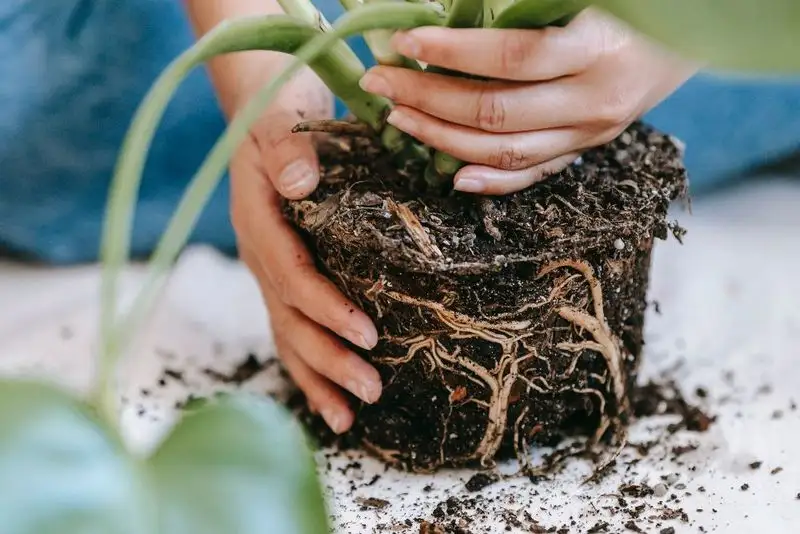
Transplant shock occurs when plants are moved and fail to establish in new soil. Minimize shock by watering thoroughly after transplanting and providing shade.
Gradually acclimate plants to their new environment. With careful handling, you can help them settle in smoothly.
Garden Clutter
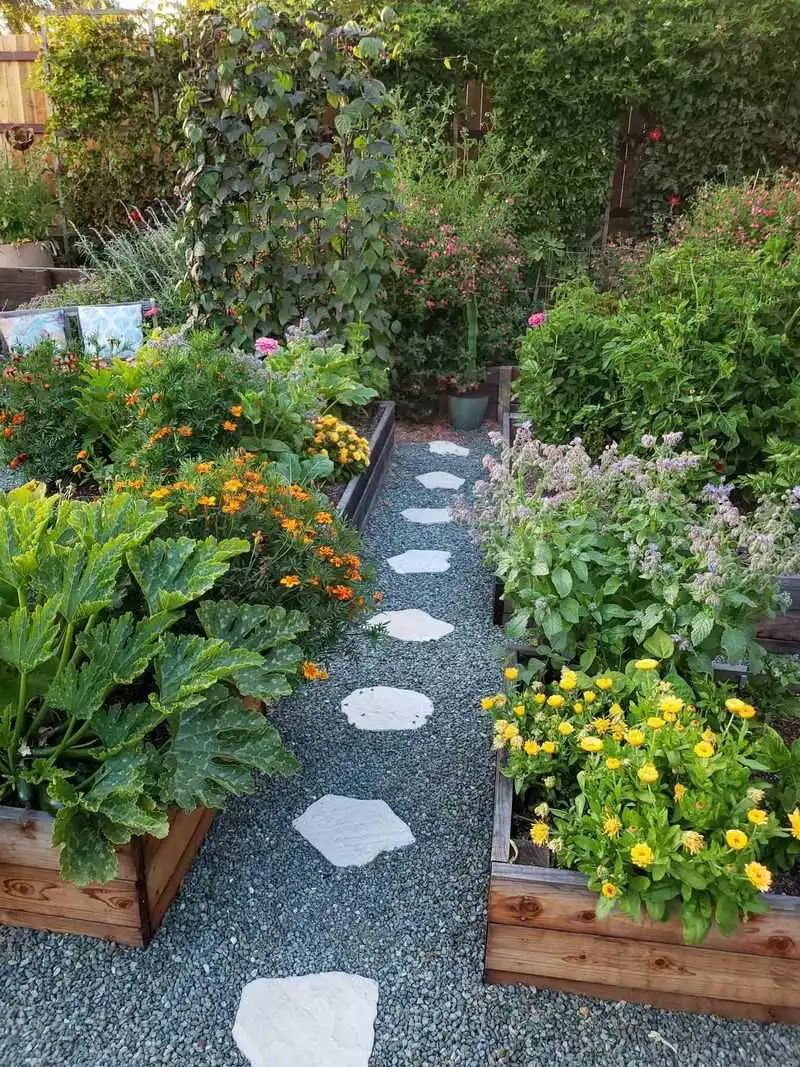
A cluttered garden can harbor pests and diseases while detracting from its beauty. Late April is an ideal time to tidy up and organize.
Remove dead plants, unwanted debris, and unused tools. This not only improves aesthetics but also promotes a healthier garden environment.

